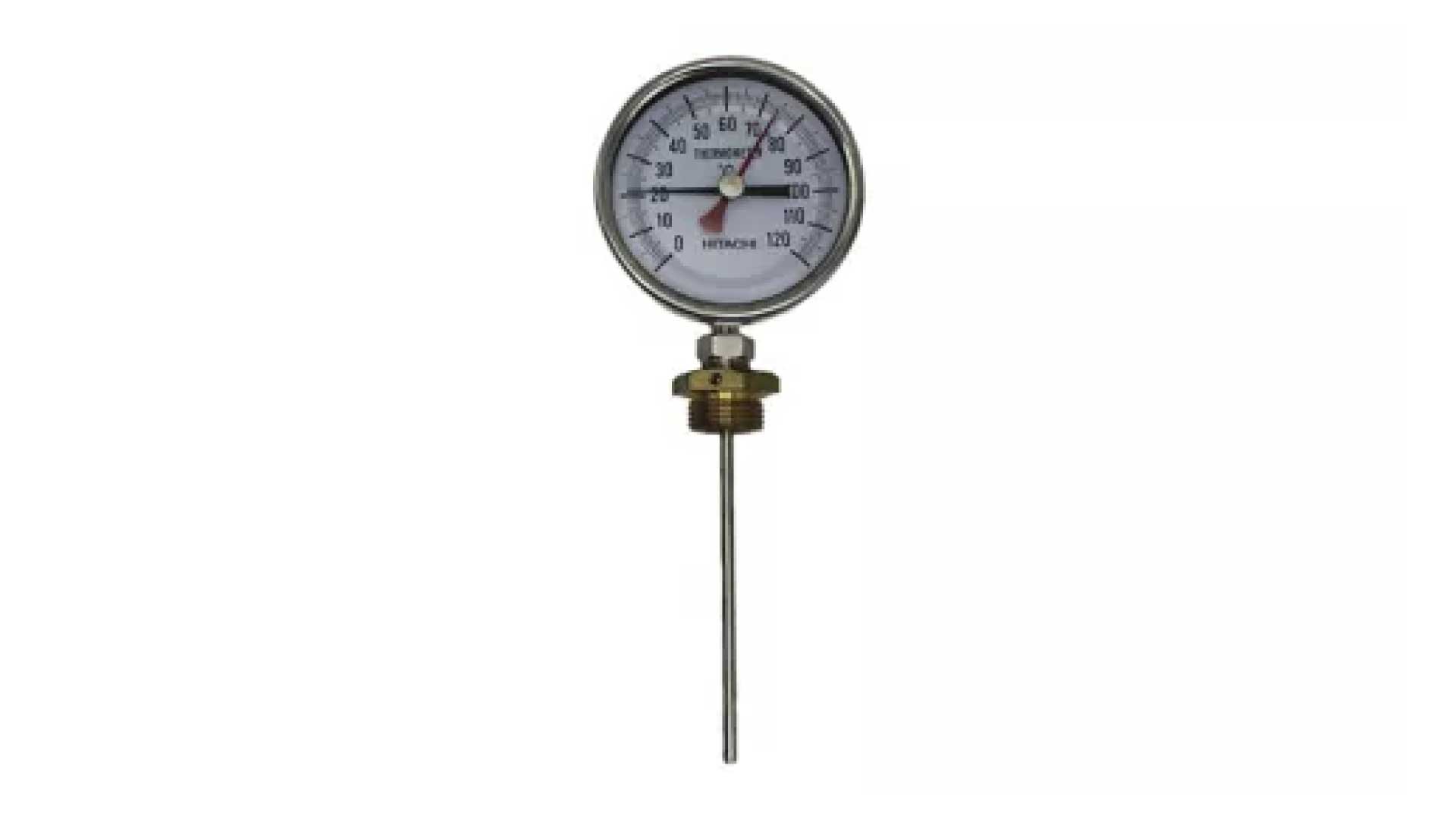
Temperature Indicator Calibration in Bangladesh
Temperature plays a vital role in industries ranging from pharmaceuticals and food processing to power generation and chemical manufacturing. Ensuring accurate temperature measurement is essential for safety, quality, and efficiency. This is where Temperature Indicator Calibration becomes crucial.
Temperature Indicator Calibration is the process of verifying and adjusting temperature measuring devices to ensure they provide precise readings. Over time, temperature indicators can drift due to wear, environmental factors, or regular usage. Even a small deviation can lead to significant losses, compromised product quality, or safety hazards.
Why Temperature Indicator Calibration is Important
-
Accuracy in Measurement: Accurate temperature readings are critical in maintaining process control and product quality. Calibrated indicators ensure that industries meet regulatory standards and operational requirements.
-
Safety Compliance: Industries handling chemicals, pharmaceuticals, or high-temperature processes need precise monitoring to avoid accidents. Regular calibration ensures safety and reduces the risk of equipment failure.
-
Cost Efficiency: Misreadings in temperature can lead to wastage of raw materials, energy, and time. Calibrated instruments minimize errors, thereby saving costs in the long run.
-
Regulatory Adherence: Many industries in Bangladesh must comply with ISO, GMP, or other international standards. Regular calibration of temperature indicators helps companies remain compliant during audits.
Temperature Indicator Calibration Process
The calibration process generally involves comparing the readings of the temperature indicator against a reference standard, such as a calibrated thermometer or a temperature bath. Adjustments are made if deviations are observed, and a calibration certificate is issued documenting the device’s accuracy. Calibration intervals vary depending on the usage and criticality of the application.
Choosing the Right Calibration Service in Bangladesh
Selecting a reliable calibration service is crucial for ensuring the accuracy of your temperature indicators. Pico Labs Ltd. offers professional Temperature Indicator Calibration in Bangladesh with state-of-the-art equipment and certified procedures. Our team ensures precision, reliability, and timely service, helping industries maintain operational excellence.
Why Choose Pico Labs Ltd.?
-
Certified calibration services meeting international standards.
-
Experienced technicians and modern calibration equipment.
-
Quick turnaround time and detailed calibration reports.
-
Serving industries across Bangladesh with a commitment to quality.
Maintaining the accuracy of temperature indicators is not just about compliance; it is about ensuring quality, safety, and efficiency in industrial operations. With Pico Labs Ltd., companies in Bangladesh can trust their temperature monitoring instruments to deliver reliable and precise readings every time.
Invest in Temperature Indicator Calibration today and experience the peace of mind that comes from working with a trusted partner in industrial calibration services.
